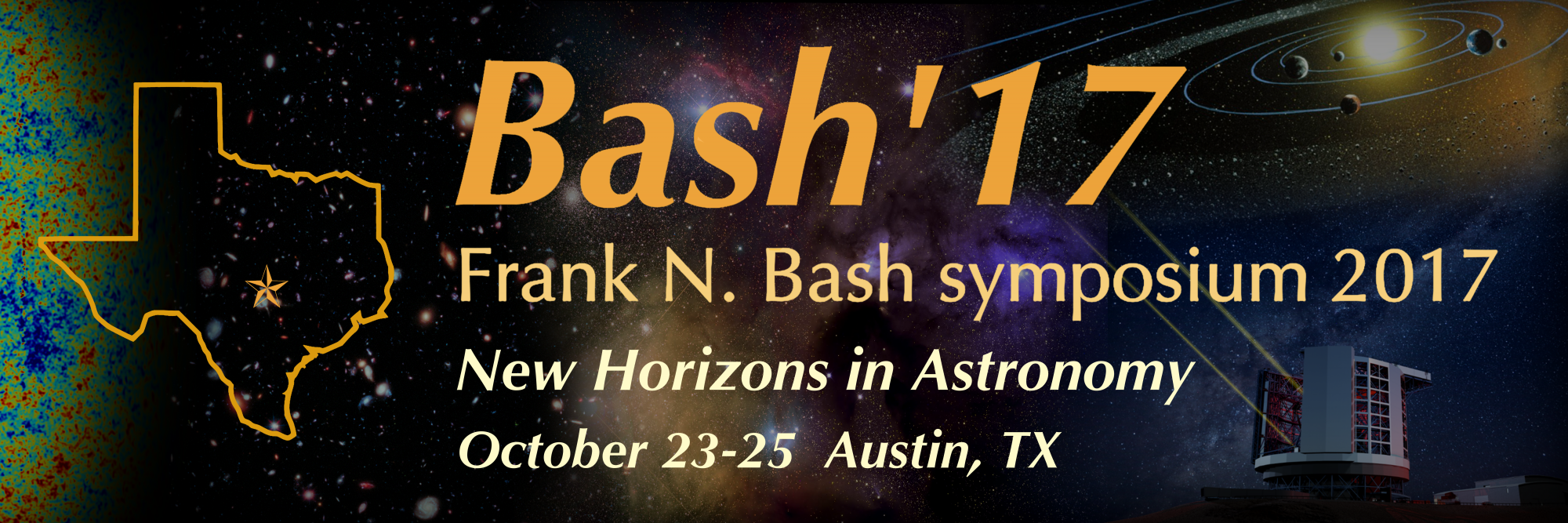 Tracing Planet Evolution From Formation To Maturity
Tracing Planet Evolution From Formation To Maturity
Planets are not born in their final state; before reaching a more mature and stable phase, young planets are significantly altered and reshaped by their environment. The first few hundred million years are thought to be the most formative, but planets in this age range are also the most difficult to identify and characterize. Instead, research has focused on inferring the history of exoplanets through patterns in the population of older systems. I will discuss how this paradigm is shifting, as novel search techniques and new missions have enabled the discovery of Earth- to Jupiter-sized planets as young as 10 Myr. These discoveries have opened a new window into the history of Jupiter analogues, and provided a direct measurement of how close-in exoplanets migrate and lose atmosphere over their lifetimes. Upcoming instruments and missions will significantly expand the sample of young planets and enable detailed studies of the structures and atmospheres of known young systems. In the long-term, JWST, HST, and 30m-class telescopes will be able to probe the atmospheres of young, rocky planets, providing direct information on the history of potentially habitable planets.
